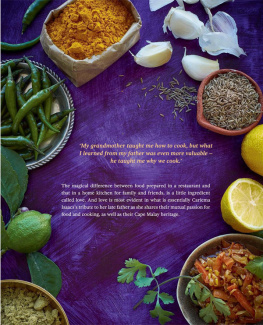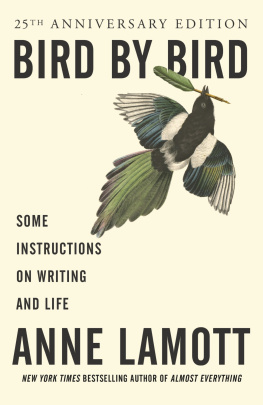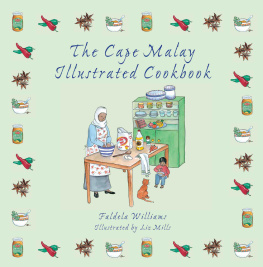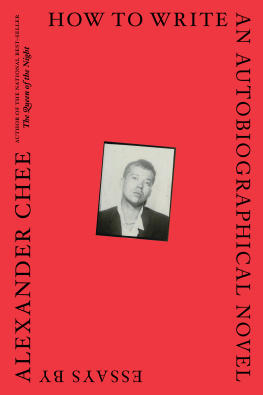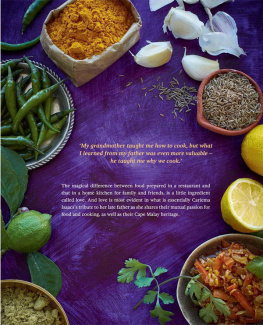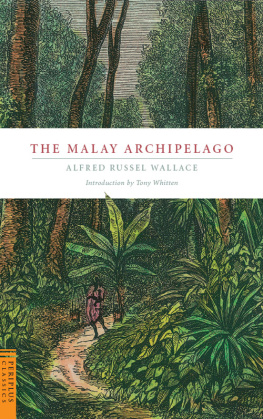Anne Cliffords autobiographical writing, 15901676
Anne Cliffords
autobiographical writing,
15901676
EDITED AND ANNOTATED BY
Jessica L. Malay
Manchester University Press
Selection and editorial copyright Manchester University Press 2018
All other matter as acknowledged
The right of Jessica L. Malay to be identified as the editor of this work has been asserted by her in accordance with the Copyright, Designs and Patents Act 1988.
Published by Manchester University Press
Altrincham Street, Manchester M1 7JA
www.manchesteruniversitypress.co.uk
British Library Cataloguing-in-Publication Data
A catalogue record for this book is available from the British Library
ISBN 978 1 5261 1787 8 hardback
ISBN 978 1 5261 1788 5 paperback
First published 2018
The publisher has no responsibility for the persistence or accuracy of URLs for any external or third-party internet websites referred to in this book, and does not guarantee that any content on such websites is, or will remain, accurate or appropriate.
Typeset in Minion Pro by
by Servis Filmsetting Ltd, Stockport, Cheshire Printed in Great Britain
Dedicated to
David A. McNulty
CONTENTS
Many of the discoveries and much of the research for this edition emerged from work on Anne Cliffords Great Books of Record and therefore thanks need to go to the Leverhulme Trust for their generous support of the Great Books Project. The Modern Humanities Research Association funded a Research Associate to aid in the completion of this project. Dr Mary Chadwick came on board through this funding. She was tireless in transcribing accounts and letters which brought to light additional information that has been used in the notes of this edition. She also assisted in proofreading stages. She was a cheerful companion throughout this work and was happy to talk about all things Anne Clifford when everyone else had heard quite enough.
My colleagues at the University of Huddersfield have been supportive throughout this journey. The university has provided much additional financial support to bring this project to completion. I also received much encouragement from my colleagues around the world, whose work has so much enhanced our knowledge of early modern women writers and their lives.
The staff at archives throughout the UK have been particularly supportive. They have constantly facilitated access to their collections in a helpful and friendly manner. Most especially I appreciated the welcome and assistance of the staff at the Cumbria Archives in Kendal and Carlisle. I would like to thank Chatsworth House, Longleat House, Dalemain House and Skipton Castle for permission to access their private collections. And most especially I would like to thank the Right Hon. Lord Hothfield for allowing generous access to the Hothfield collection. Much of what we know about Anne Clifford comes from this carefully preserved collection.
Finally, I would like to thank David McNulty, who has listened patiently to hours of conversation about Anne Clifford and accompanied me on many a journey to Anne Clifford country.
| BL | British Library, London, UK |
| CAS | Cumbria Archives Service, various locations in UK. |
| H1 | WDHOTH/10, Great Books of Record (Skipton Castle set), |
| H2 | WDHOTH/10, Great Books of Record (Hothfield set) |
| KHLC | Kent History and Library Centre, Maidstone, UK |
| LJC | Letters of John Chamberlain, ed. Norman Egbert McClure (1939) |
| NA | National Archives, Kew, UK |
| NAS | Northamptonshire Archive Service, Northampton, UK |
| NPJ | Nichols, Progress of James I, ed. John Nichols (1828) |
| WD | WDCAT/16, Great Books of Record |
| YAS | Yorkshire Archaeological Society, University of Leeds, Special Collections, Leeds. |
The Lady Anne Clifford was Countess of Pembroke, Dorset and Montgomery by marriage, This and George Cliffords infidelities led to great strains in his marriage to Margaret Russell, which Anne describes in detail in the 1603 Memoir. In this early part of Annes life she lived as a fledgling courtier, often sleeping near Queen Elizabeth in her aunt Anne Russells chamber. From this vantage point she witnessed the exercise of political power that would inform her own practices and decisions later in life.
George Clifford died in 1605 and by his will left the Clifford hereditary estates of the North Margaret Russell refused to accept the will and this ignited an inheritance dispute that would last for decades, with repercussions that rumbled on for over a century.
Annes mother led the battle to regain her daughters inheritance in the early years of the lawsuit. She designed the legal and political strategies that achieved early success. Unfortunately Prince Henry died in 1612 and the court case between Anne and her uncle Francis continued for another five years until the Kings Award settled the matter in 1617.
It also placed Anne and her children (male or female) as heir to the Clifford hereditary lands should Franciss direct line of male heirs fail. In 1617, Annes cousin Henry (son of Francis and later 5th Earl of Cumberland) had no living male children and so there was a reasonable possibility that Anne could inherit her fathers estates, and she clung to this possibility.
After the death of her husband Richard in 1624 Anne, now the mother of Margaret and Isabella (her three sons having died in infancy), sought to secure her position as the likely heir of the Clifford hereditary lands. Her cousin Henrys last son, Henry, died as an infant in 1622 and it looked at this point incredibly unlikely that her cousin would have a male heir. that follow. Because of the civil wars of the 1640s she was not able to travel to her lands immediately, but in 1649 she finally arrived in the North and quickly began a rebuilding and restructuring campaign that is still visible in the landscape today.
Anne Clifford lived during the reigns of four monarchs and two heads of state in her long life of eighty-six years. She experienced exile and isolation as well as great political power. She is best known to us as the writer of a number of autobiographies in different forms and styles that cover most periods of her life. These originally circulated in manuscript, but print extracts began to appear in the eighteenth century. For the modern reader it was Vita Sackville-Wests 1923 edition of the 1603 memoir and 1616, 1617 and 1619 diary that brought Anne Clifford to the attention of a modern audience. Her autobiographies provide a vivid picture of her life as moves between moments of domestic joy, conflict, contentment and misery to the great political events of her time. She describes the death of kings and queens, civil wars, the Great Plague and the Great Fire of London. Through her writing we are shown the inner workings of great houses, great estates and great people, and we also get a glimpse of those individuals who lived more modest lives. We experience Annes triumphs and also those moments of despair, when she sought solace in her religious faith. Anne Clifford was an avid autobiographical writer who believed it was important to record and reconsider (daily) the events, actions and people that added up to a life. And though only a small fraction of her autobiographical writing remains, as discussed below, the texts we have provide a rich view of the culture of early modern England and the life of this remarkable woman.







